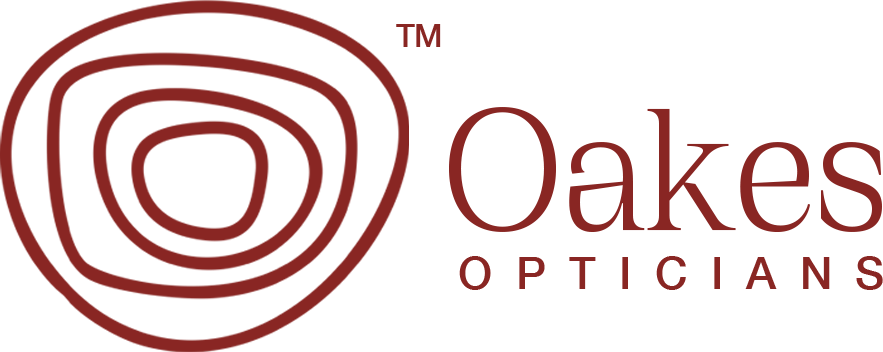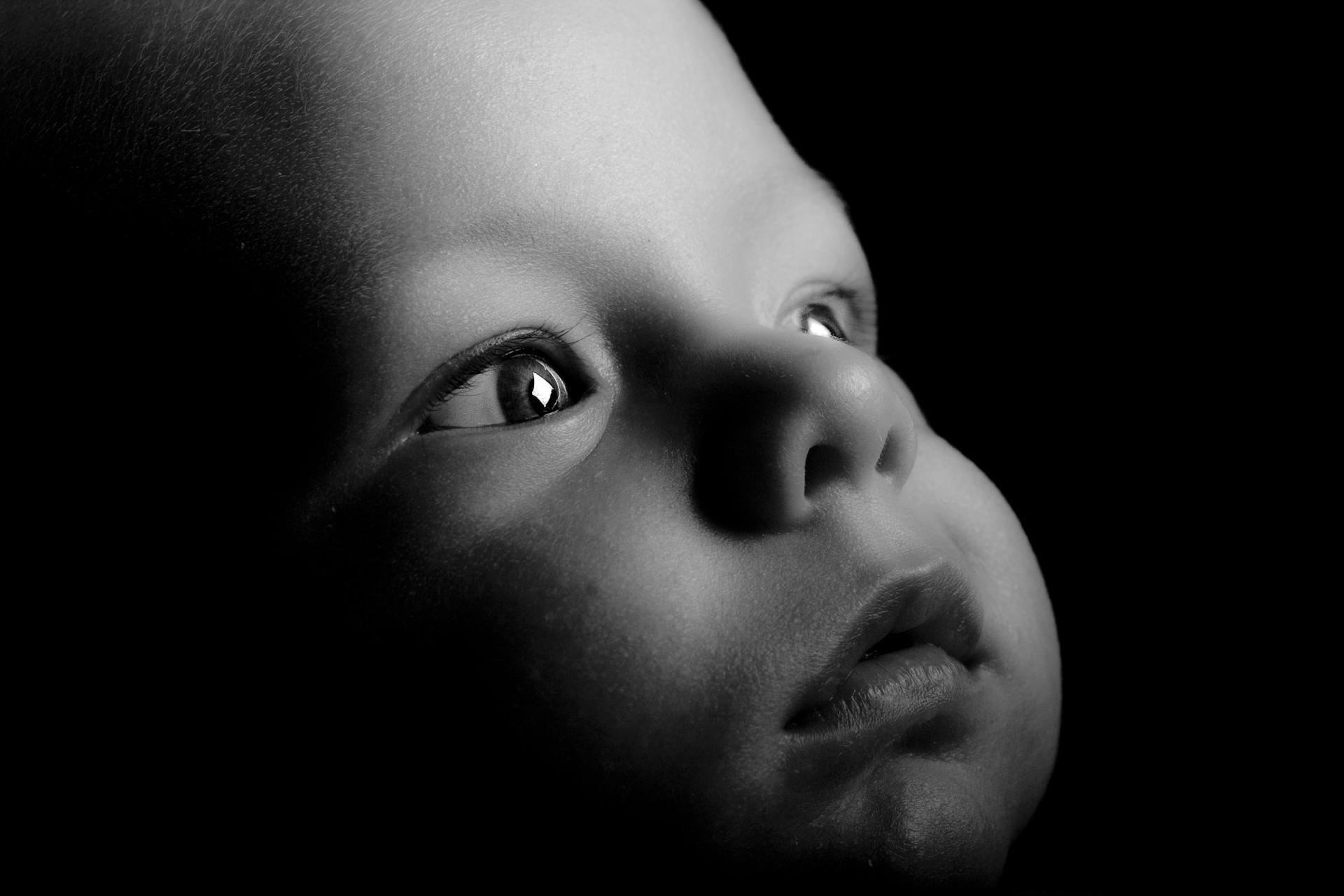A child’s eye health is critical during their first years as their eyes rapidly grow. Healthy vision is crucial to a child’s development, and early detection of any eye condition can minimise potential damage to a child’s vision.
Here are some common pediatric eye conditions you should be aware of:
- Refractive Errors
Refractive errors prevent light from focusing on the correct part of the retina, causing blurry vision. Common refractive errors include astigmatism (irregularly curved cornea), myopia (nearsightedness), and hyperopia (farsightedness).
Children with any of these problems will present these symptoms:
- Frequent squinting or tilting the head.
- Sitting very close to the television or computer.
- Holding books or screens close to the face.
- Headaches or eye strain usually after very strenuous activities.
- Pediatric Cataracts
Cataract is a leading cause of blindness worldwide. While this disease is associated with ageing, it is pretty common in children, too, and they are usually born with cataracts. Cataracts in children are hereditary but can also be caused by eye trauma, sunlight exposure, diabetes, genetic disorders, dehydration from severe diarrhoeal infection, fevers, and sometimes, some medications.
Some signs of pediatric cataracts include trouble recognising faces or seeing objects, eyes that appear to point in different directions, a grey or white-coloured pupil, and nystagmus (involuntary eye movements).
- Nystagmus
Nystagmus in children is a condition in which their eyes wiggle uncontrollably in various directions. It’s most commonly seen as side-to-side movements. There are two main causes: infantile nystagmus syndrome (the most common) and other eye problems. In rare cases, it can be a sign of a neurological issue.
While there’s no cure, treatments like glasses and vision therapy can help manage symptoms and improve vision.
- Binocular Vision Dysfunction (BVD)
Binocular Vision Dysfunction (BVD) occurs when the two eyes fail to work together correctly, often due to misalignment.
Signs to be aware of Include:
– Double vision
– Headache
– Dizziness
– Fatigue
– Light sensitivity
– Anxiety
– Motion sickness
– Stress
- Amblyopia
Commonly known as lazy eye, it arises when one eye has weaker vision, leading to impaired visual acuity and functionality.
Diagnosing amblyopia can be challenging because the child often relies on their stronger eye and may not realise they have a problem.
Signs to be vigilant for include:
– Difficulty reading, doing math, or participating in sports
– Challenges with attention and focus
– Frequent closure of one eye
– Regular eye rubbing
– Tilting of the head
– Squinting
If you observe any of these symptoms in your child, you should seek evaluation from an eye doctor in your area.
- Convergence Insufficiency
This binocular vision issue is characterised by inadequate eye-muscle coordination and difficulty with near-vision tasks. It arises when the eyes struggle to cooperate efficiently in focusing on nearby objects.
Signs you should be aware of:
– Challenges with attention and concentration
– Blurry vision
– Seeing double
– Feeling tired, particularly during reading
– Headaches
– Avoidance of tasks like homework
– Experiencing motion sickness or dizziness
– Reading below the expected grade level
– Perceiving words as moving or jumping on the page
If you notice these symptoms in your child, immediately contact your eye doctor. Remember, regular eye checkups help detect and prevent early eye conditions in children.

